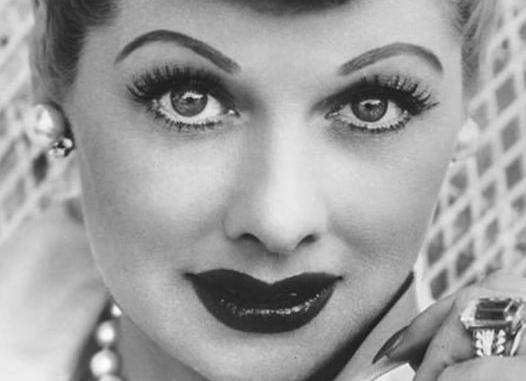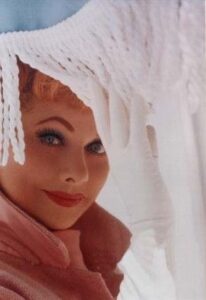
Lucille Ball’s groundbreaking work on “I Love Lucy” not only made her an iconic figure in television history but also revolutionized TV comedy in numerous ways
Airing from 1951 to 1957, “I Love Lucy” set new standards for sitcoms, thanks to Ball’s unparalleled comedic talent and innovative contributions to the industry. One of Ball’s most significant achievements was her pioneering use of the multi-camera format, developed in collaboration with her husband, Desi Arnaz, and cinematographer Karl Freund. This technique involved filming in front of a live studio audience with three cameras simultaneously capturing different angles. This method allowed for dynamic scene compositions and genuine audience reactions, creating an immersive viewing experience that became the standard for future sitcoms.
Ball’s comedic brilliance was evident in her physical comedy and impeccable timing. She had an extraordinary ability to transform everyday situations into hilarious scenarios, often involving slapstick humor, exaggerated expressions, and intricate pratfalls. Episodes like “Vitameatavegamin” and “Lucy Does a TV Commercial” showcase her skill in turning simple premises into iconic moments, setting a high bar for comedic performance.

Beyond her on-screen talent, Ball’s influence extended behind the scenes. As the co-owner of Desilu Productions, she became one of the first women to run a major television studio. Desilu Productions not only produced “I Love Lucy” but also later greenlit successful shows like “Star Trek” and “The Untouchables,” demonstrating Ball’s keen eye for quality content and her understanding of the evolving television landscape.
Furthermore, “I Love Lucy” addressed and subtly challenged social norms of the 1950s. The show portrayed a mixed marriage, with Ball playing a zany housewife to Arnaz’s Cuban bandleader, Ricky Ricardo. Their dynamic showcased a blend of cultures and highlighted Ball’s progressive vision for television.
